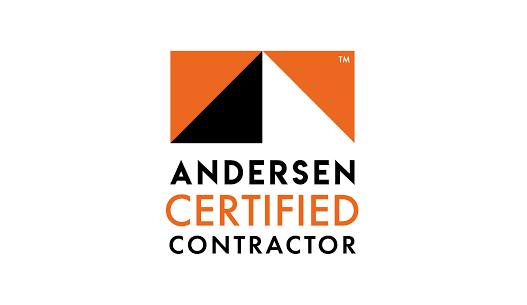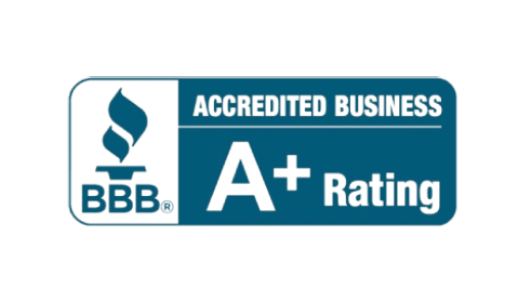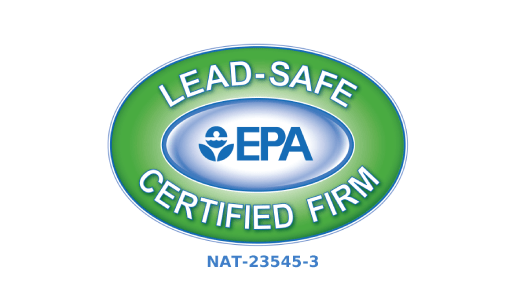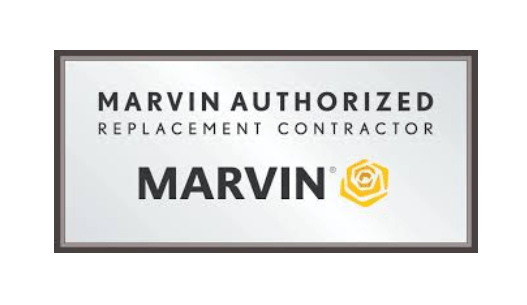Are you interested in energy-efficient windows because you’d like to help conserve natural resources by cutting your home energy consumption? Good for you! The U.S. government is on board with your goal, offering an ENERGY STAR® certification program and federal income tax incentives to help homeowners get the best value when choosing energy-efficient replacement windows.
But even if you just want new windows that will help curb your cooling and heating costs, you’re making a smart move by doing some research. All replacement windows billed as “energy efficient” won’t necessarily deliver the ideal performance in the Kansas City metro area, which has a climate that’s distinctly different from other parts of the country. In this neck of the woods, homes must be insulated against brutally cold winter temperatures as well as sizzling hot summer weather. This means an energy-saving replacement window for a Kansas City homeowner is likely to have insulating features that are different from an energy-efficient window that would perform well in regions to the south or farther north.
Key Features to Look for in Energy-Efficient Replacement Windows
The technology that goes into constructing energy-efficient windows has come a long way since energy conservation became a hot topic in the 1970s. For example, one of the energy efficiency features that homeowners might be most familiar with is double-pane glass. In most cases, double-pane glass offers better insulation than single-pane glass. But twice the ordinary window glass alone is not going to deliver the best bang for your buck in terms of energy efficiency. Here are only a few of the details that you should consider if you want the best thermal performance from your replacement windows:
Low-Emissivity (Low-E) Glass Coatings
Low-E coatings are microscopic layers of metallic oxide applied to window glass to prevent outdoor heat from invading your home when it’s hot outside and keep indoor heat from escaping during the winter. As an added perk, low-E coatings also reduce the amount of ultraviolet light that penetrates the window glass, which can help protect indoor rugs and furniture from fading.
Frame Material
Depending on how well they’re constructed, traditional wood-frame windows can be an energy-efficient choice, but they require a lot of upkeep to prevent moisture and insect damage. For this reason and as a more affordable alternative, many homes built in the 20th century have aluminum-frame windows. However, aluminum readily conducts heat, which means it does little to block heat transfer into and out of your home. This requires your heating and cooling systems to work harder and use more energy to maintain indoor climate control.
Better frame choices are fiberglass, wood fiber composite, and vinyl, which don’t conduct heat like aluminum and, unlike wood, require practically no maintenance. There are also energy-efficient windows with frames made of clad wood, so you can get the thermal performance and aesthetic benefits of wood-frame windows without worrying about premature deterioration due to weather exposure.
Insulating Gas
The air trapped between the double- or triple-paned glass of an energy-efficient window provides some insulating benefits. But the best-rated windows for thermal performance are those that have argon or krypton gas fills, which provide superior insulation.
Warm Edge Spacers
The spacer bars that separate the panes in a multi-pane window and hold them in place play an important role in ensuring energy efficiency. Ideally, the spacers should be made from a non-metallic material that doesn’t conduct heat.
Key Measurements That Add Up to Energy-Efficient Windows
There are a number of ways to evaluate a window’s energy efficiency. The two most important measurements are:
- U-factor – This is a measure of how well a window insulates. Usually, the value will range from .20 to 1.20, with lower scores indicating better insulation.
- Solar heat gain coefficient – Also expressed as SHGC, this measurement between 0 and 1 provides you with insight as to how much solar heat comes through your new window. Generally, Kansas City homeowners should look for windows with an SHGC rating around 0.4.
Get Help From the Top Window Replacement Specialists Serving Kansas City
If all of this sounds like a little more detail than you bargained for, don’t worry! Johnson County Siding & Window Co. has spent more than 40 years outfitting homes throughout the Kansas City metro area with beautiful, energy-efficient replacement windows. We offer and expertly install some of the nation’s top window brands, and we’ll be happy to help you get exactly the look and energy efficiency you want out of your home window replacement project. Contact us today for more information.








































